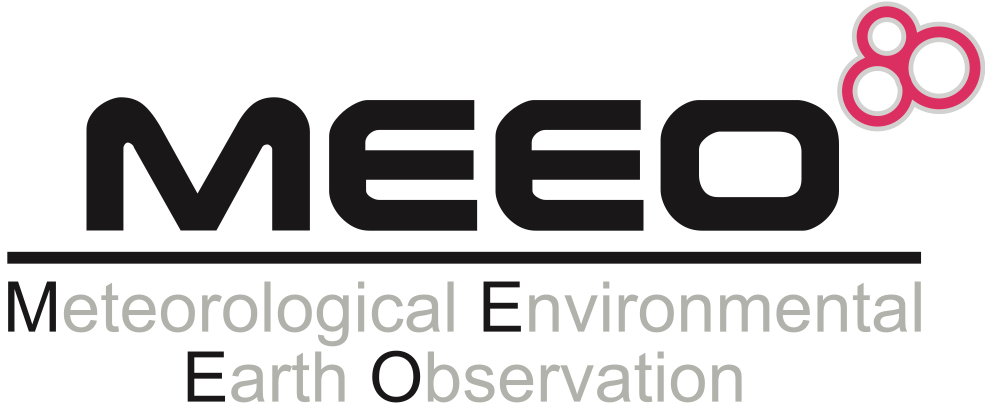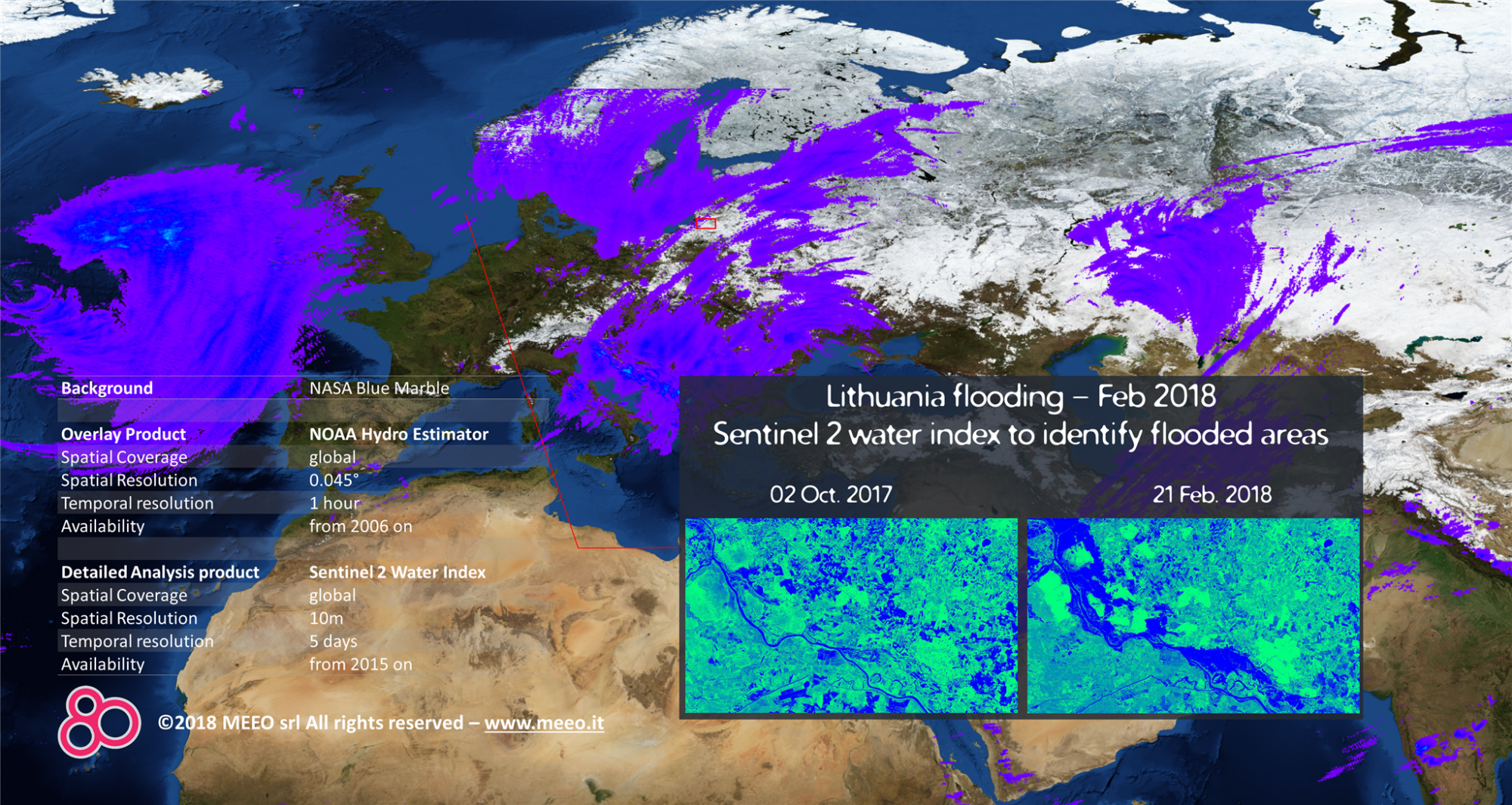
MEEO: Working towards a Digital Earth by Removing Data Access Barriers
Start-up of the Month: MEEO
September 2018


Digitalisation is crucial in many aspects of our daily lives nowadays – and so is access to data. The concept of ‘Digital Earth’ (DE), as outlined in 1999 by the former US Vice-President Al Gore, foresees a “multi-resolution, three-dimensional representation of the planet that would make it possible to find, visualise and make sense of vast amounts of geo-referenced information on physical and social environments” (Gore, A , The Digital Earth: understanding our planet in the 21st century, Photogrammetric Engineering and Remote Sensing, 65 (5), 528).
The DE concept is quickly becoming reality, with the Copernicus programme providing a fundamental contribution. The challenge is now how to access and extract information from the decades of global and local environmental data generated by in-situ sensors, numerical models, satellites, and, more recently, by individuals. This implies a change in the data exploitation paradigm, moving towards a massive data analysis approach. One of the main issues to face is the inhomogeneity of data types, formats, geographic projections or, in one word, the variety of the data that describe our planet.
The Meteorological Environmental Earth Observation (MEEO) team, comprised of Earth observation (EO) and IT experts, has been working on a platform called eodataservice in order to make access to DE data faster and easier than ever before.
The main functionality of the Copernicus Accelerator mentee’s platform is to provide a single point of access to a large variety of geospatial data, offering a web-based application interface for most of the users, a Jupyter notebook environment for experts who want to write code using all available data, and a set of REST APIs (REpresentational State Transfer Application Programming Interface) for developers to connect to eodataservice to external applications, such as GIS tools and mobile apps.
With the users’ interfaces being the visible part of this technology, the strength of eodataservice lies in the Data Access Service (DAS), which allows access to different types of products directly from their original location and in their native format, avoiding data replication or duplication. All operations are performed on the fly, following the concept that processing is less expensive than storage. eodataservice also provides a spatial and temporal functionality of subsetting data, which allows the user to get only the small piece of data wherever and whenever she or he wants and avoid processing large amounts of useless bytes via the Internet.

eodataservice is a “horizontal” layer to support a large variety of vertical (thematic) applications such as climate change monitoring and mitigation, cultural heritage safeguard, air quality assessment and monitoring, agricultural applications and (re-)insurance in agriculture, security applications, education, and many others.
As part of the Copernicus Accelerator and the Copernicus Academy, MEEO has been experiencing an unprecedented level of visibility and popularity, which has resulted in an increased level of interest and new opportunities for technical collaborations and partnerships in the field of public research and industry sectors.
MEEO’s vision can easily be put in a nutshell: The company wants to facilitate access to geospatial environmental data (mainly EO data) by removing data access barriers to:
- Trigger information extraction (based on smart data access)
- Make geospatial data as a commodity
- Implement a new technology transfer model
In short, move away from data availability towards data usability.
You can find the latest news on the MEEO website and follow the inspiring start-up on Facebook, Twitter or LinkedIn.
Words from the Mentor 
“eodataservice is a truly remarkable and novel service allowing scientists to query and analyse multiple petabyte-scale datasets, spread over multiple data providers, using a single query. The vast amounts of data produced by Europe’s Copernicus environmental monitoring programme and its Sentinel satellites is leading to an ever-increasing number of products and applications for a widening array of businesses. While the amount of information can help develop accurate forecasting and provide a real insight into domains as disparate as agriculture and telecoms, a sea of data is no use if it can’t be interpreted.
That’s why MEEO’s highly skilled team has developed this extraordinary Big Data platform to enable fast and easy access to geospatial data to support time-series analysis, offering interoperable discovery, access, subsetting, visualisation, processing and download services. The platform is then truly a breakthrough, giving end-users the chance to manage the data lifecycle from collection to the delivery of products. Also, I like that the interface is a cool web application that allows the user to manipulate different environmental data at the same time, such as high-resolution imaging, precipitation, temperature, vegetation status, … without the need to download them. Last but not least, the team is committed to delivering high-quality services to their clients, which is paramount in my opinion.”
Fabrice Testa
CEO at PHV SA

